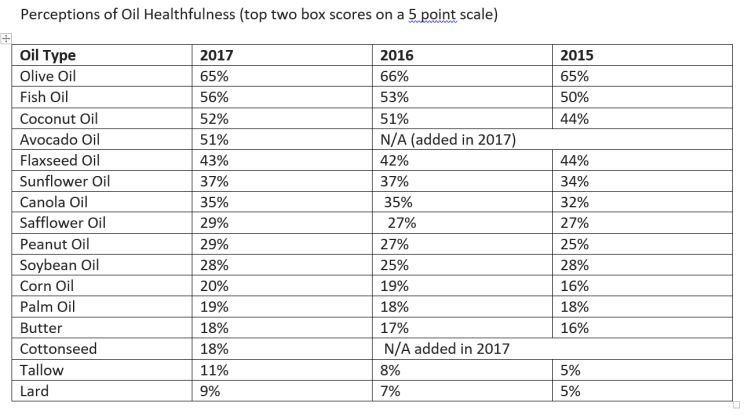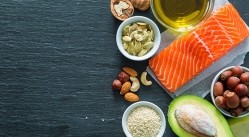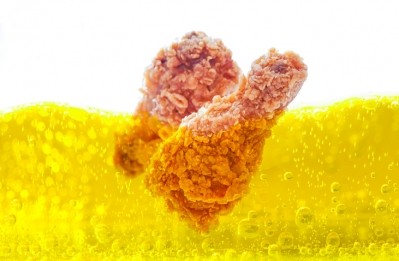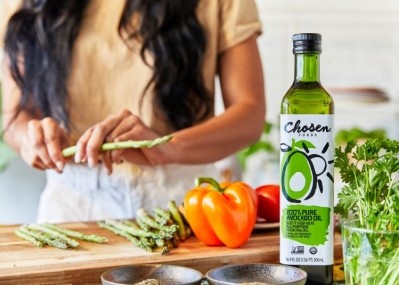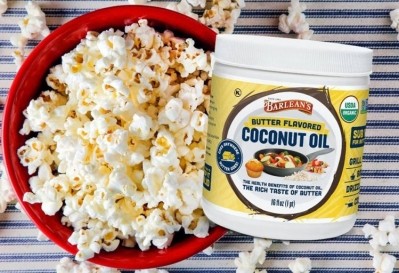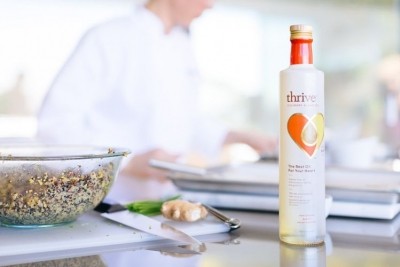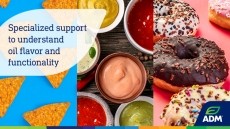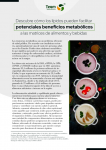Which fats do consumers think are healthiest (and are they on the same page as nutrition scientists)?
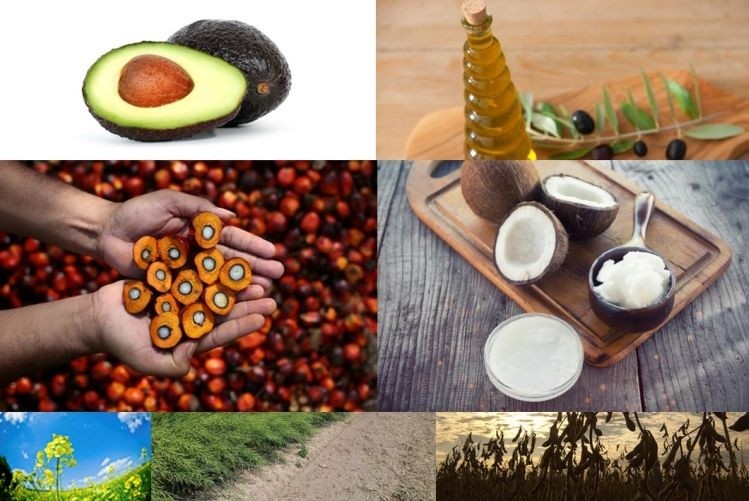
Speaking to FoodNavigator-USA ahead of our FREE-to-attend webinar on June 20 - ‘Chewing the fat: Navigating the healthy fats minefield' – Cargill senior marketer, global edible oil solutions Jamie Mavec said data from the firm’s 2017 FATitudes survey (which it conducts every year to assess consumer attitudes to fats) showed that US consumers view olive oil as the healthiest option, followed by fish oil.
“Olive oil is consistently ranked #1 as the most healthful oil as well as the oil that will most impact purchasing decisions compared to any other oils,” said Mavec.
Other oils consumers quizzed by Cargill regarded as healthful or extremely healthful included avocado oil and flaxseed oil, while peanut oil’s perceived healthfulness has increased over the years Cargill has conducted the survey, she added.
However, soybean oil (which recently secured a qualified health claim for its cardiovascular benefits), and corn oil (also known for its cardio health benefits), were perceived by just 28% and 20% to be healthful or extremely healthful respectively.
Coconut oil, meanwhile (which a 2017 presidential advisory from the American Heart Association suggested consumers avoid), was rated by 52% of consumers to be healthful or extremely healthful, up from 44% in 2015.
Perceptions of healthfulness of lard and tallow is increasing
The FATitudes survey data also shows some changes in perceptions of tallow and lard, with 11% of consumers viewing tallow as healthful or extremely healthful in 2017 vs 5% in 2015; and 9% viewing lard favorably in 2017 vs 5% in 2015.
The growth in perceived healthfulness of sat-fat-laced lard, tallow and coconut oil notwithstanding, consumers regard reduced-saturated fat claims positively, and view a 'reduced saturated fat' claim more favorably than a generic 'low-fat,' 'reduced fat' or 'fat-free' claim, added Mavec.
FATitudes and age
When it comes to age, meanwhile, baby boomers are more likely to view canola favorably than Millennials and Gen Xers, while Millennials view soybean oil more favorably than boomers, said Mavec.
Consumers of all ages tend to view sunflower oil favorably owing to a general health halo, coupled with the fact that there are no genetically engineered versions on the market, she added.
Talking to consumers about fat: When it comes to terminology, Cargill's FATitudes survey findings underscore the need for food marketers to focus on foods rather than nutrients when talking to consumers about good and bad fats.
Put another way, encouraging consumers to eat more mono-unsaturated fats isn’t very helpful, whereas singing the praises of avocados, seeds and nuts might be, because less than a quarter identified the two healthiest types of fats – MUFAs and PUFAs – as healthy in the survey:
In your opinion, how healthful is each of these (% that said healthful or extremely healthful)?
- Monounsaturated Fats 22%
- Polyunsaturated Fats 22%
- Saturated Fat 14%
- Trans Fats 14%
Source: Cargill FATitudes survey, 500 adult grocery shoppers, May 2017
Consumers, hydrogenation, and interesterification
Not surprisingly perhaps, given that many news articles – and some food marketers – don’t distinguish between fully and partially hydrogenated oils when they talk to shoppers, consumers quizzed by Cargill in the survey did not view the two differently, and viewed the term ‘hydrogenated’ negatively.
So does this mean that fully hydrogenated oils (which don’t contain harmful trans fats) are so tainted by their association with partially hydrogenated oils (which do contain trans fats) that manufacturers are reluctant to use them, even if they can be an effective part of a PHO-replacement strategy?
In some cases, but not it’s not a dealbreaker for every customer, noted John Satumba, PhD. Director Global Edible Oil Solutions R&D, who said that interesterified blends of liquid oils and fully hydrogenated oils have proved very effective at replacing PHOs in some challenging applications.
And here, manufacturers have two choices, he said: They can label the component oils in the blend, for example, soybean oil and hydrogenated soybean oil; or they can say ‘interesterified soybean oil.'
Asked how consumers perceived the above, Mavec said: “The percentage of consumers who say they avoid ‘hydrogenated’ on a label is not actually as high as you would think. And oddly enough they are not as adverse to the term interesterified as they are to the term hydrogenated; the avoidance rate is about the same as it is for palm oil or butter, which is about 25% of the consumers we surveyed.”
Sustainability and the GMO factor
As for the GMO factor, Cargill offers Non GMO Project verified options for soybean, sunflower and canola oil, and says customers are expressing a growing interest; while it also offers certified sustainable options in its palm oil portfolio; but says customers are primarily interested in cost and ease of use, although clean labels, sustainability, and nutritional profile are important factors as well.
Cargill recently introduced an ultra low saturated fat, high oleic, canola oil under the Clear Valley brand. The oil is made from a canola hybrid that contains 4.5% or less saturated fat (previous generations had 7% sat fat) while maintaining high fry and shelf life performance, freshness and taste.
So is it a GM crop? The canola hybrid was developed through traditional breeding methods, with a focus on club root and black leg disease resistance, as well as strong yield performance. However, growers can add herbicide tolerance as an optional genetic modification, depending on their markets and preference, says Cargill.
- Confused about fats? Sign up for our FREE-to-attend webinar on June 20: Chewing the Fat: Navigating the healthy fats minefield, and quiz our experts on the science around fats & health, find out how consumers are thinking about fats, and access new market data ...
